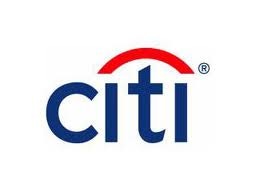 The old saying that death and taxes are the only certainties in life should include a third certainty.
The old saying that death and taxes are the only certainties in life should include a third certainty.
Eventually, every one of us is going to pay bank fees.
No matter how careful you are with your finances or how much effort you put into switching banks to avoid fees, eventually you will be hit with some kind of fee. It’s one of the prime reasons that banks have become such financial powerhouses in the United States.
Sometimes these fees can be ridiculous. A friend of mine — an accountant, no less — recently had an episode in which the direct deposit to his checking account was delayed for a week. Not knowing the money wasn’t available, he paid his major bills then started using his debit card for everyday small expenses like coffee and lunch.
Suddenly, his card was rejected at a sushi shop. Calling his bank, he discovered he was overdrawn by $900 — with $530 of the overdrawn amount due to overdraft and insufficient fund fees. Needless to say, this made him tremendously upset, as it was through no fault of his own that a glitch had delayed the direct deposit.
My friend explained the situation to his personal banker at the local branch. He was credited back half of the fees, but he was warned that the credit was a one-time courtesy and that it wouldn’t be granted again. Needless to say, my friend promptly switched banks and feels pretty bitter toward his original bank.

My friend isn’t alone in his negative feelings toward his bank. A recent study by management consultancy CG42 revealed that these negative feelings may have an extremely negative effect on the bottom lines of the top 10 banks. CG42 surveyed nearly 3,700 customers and used the Brand Vulnerability Index (BVI) to measure consumer sentiment with each financial institution.
The survey found that 26% of bank customers are not happy with their current institution. Among the top 10 banks, this level of dissatisfaction equates to a projected total of $627 billion in consumer deposits being in play — that is, at risk of being pulled out of those banks. Out of that amount, $92 billion is expected to exit the coffers of the top 10 in the next year — along with $5 billion in revenue.
Where’s this money going to go? Clearly, it’s not going into consumer’s mattresses, and the majority will not be flowing to offshore institutions. The majority of these funds is likely to go into small regional banks and credit union-type institutions (such as one regional bank I’ll be writing about this week).
Do investors need to worry about this potential capital shift among and out of the top 10 U.S. banks? Let’s take a closer look at the study and the technical picture of the best, worst and the middle of the list.





